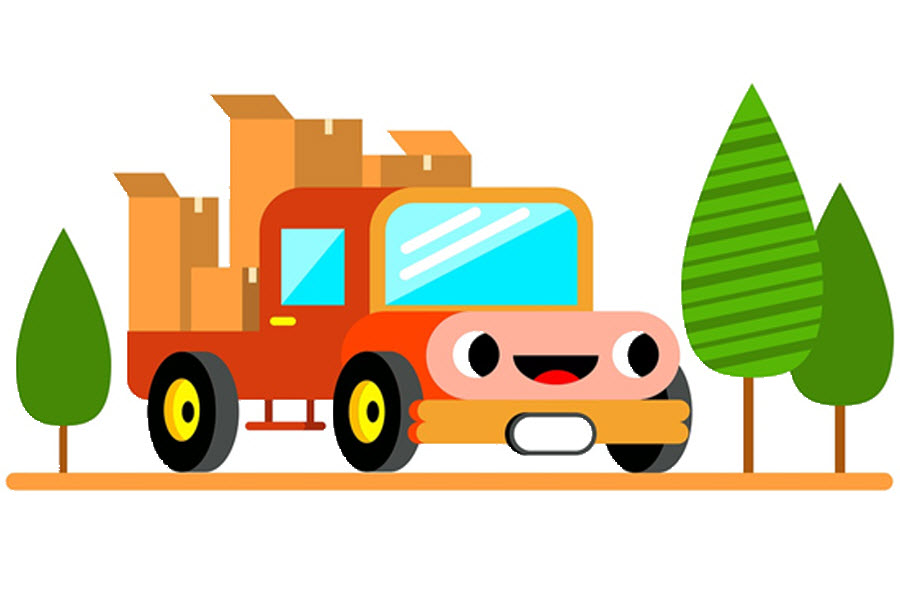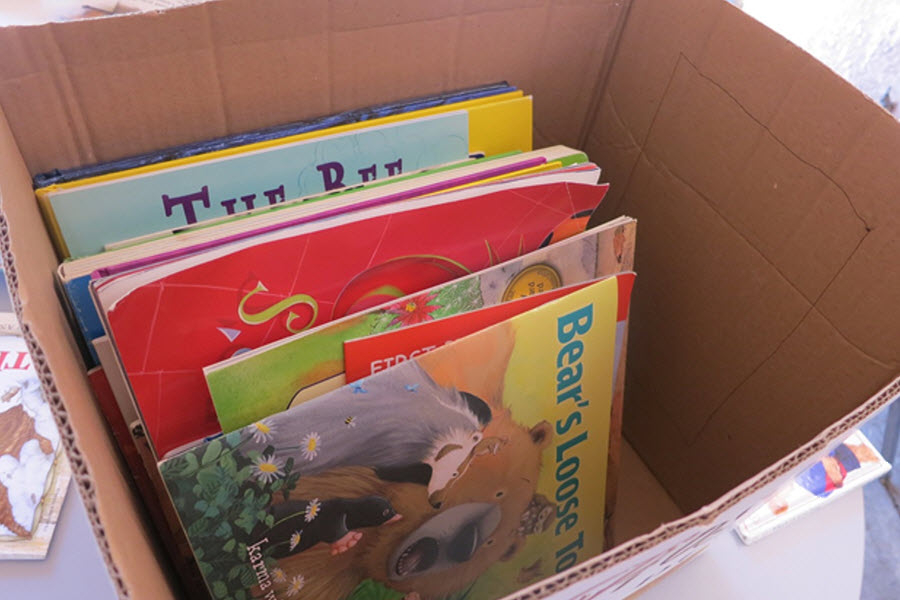
Moving to a new home is always an exciting venture, and nearly always is twice as stressful, but moving long distance is a different story entirely. You will be facing the usual hassle with packing up all your belongings, organizing (or hiring) transportation, rounding up small children and pets, and agonizing about what to keep and what to throw away. A good way to start this daunting task is to make yourself a list of moving companies in your local area who offer the services you need and then narrow it down to the best folks to rely on.
When you move long distance, though, there will be a couple of additional factors to take into consideration, such as when your things will be delivered and whether your bed will survive the ordeal without being twisted into unusability. For all of you out there who are preparing to migrate further away than the next town over, here is a list of packing and organizational tips from pros that will help make the event more manageable.
Know if your planned move-in strategy will work in the first place.
Before you even start packing, you will need to know your options for when the time comes to unpack. When it comes to long distance moving, the most common way of transporting property (supposing you are hiring professionals to do it) is a big tractor trailer. If you are not familiar with that kind of transportation, you can learn some more at this link.
These vehicles are quite bulky, so you have to make sure that the relevant roads are tractor trailer-friendly, that your new residence is accessible (think driveway dimensions), whether there is sufficient parking and whether the movers’ vehicle might get a parking ticket for staying in a residential area for a while, whether they may need a permit for it, as well as when the worst traffic jams in your new street happen.

Inform yourself about the restrictions in your new residence.
If you are moving into an actual house in a suburb, then you are not likely to face many complications when bringing in your belongings. However, if your new home is an apartment that you will be renting out for some period of time, you will need to take into account the requirements that the building may have for mover companies.
For some common problems with apartment living and clever advice on how to solve them, check out this link.
Sometimes you may reserve the elevator for the time of bringing your things in. Sometimes, certain days of the week or times of day will be off-limits to workers and bulky cargo in the building. Make sure to have a friendly chat with your building manager and get clearance for everything – and maybe even some tricks form experience to boost the process.
Make sure your outdoor items are clean and sound.
One commonly overlooked thing is the state of outdoor furniture and similar items regarding infestation. Even if a coffee table or wicker chair looks sufficiently decent, there is always a chance that insects, moths, or larvae weaseled their way into the structure.
Visit your government’s website or relevant local authority and inquire about moving regulations on furniture. Make sure your belongings are clear of any furniture pests to avoid transporting contamination agents across state or regional borders.
Be smart with your mattresses.
Believe it or not, the household mattresses greatly suffer in big moving endeavors. They often end up dirtied (and we often don’t want to know where the dirt came from), bent out of shape, torn, or otherwise damaged.
Wrapping your mattress in some foil is not enough, especially if it will be handled by more than one team. Be smart and pack it in a box to decrease or eliminate the risks of suddenly finding yourself without a proper bed.
Make sure you have insurance on everything!
Would you go on a long trip abroad without taking out health insurance? Nope. So make sure your belongings are properly insured for their long journey in the moving trailer. Many things can happen in all the loading, unloading, and tumbling around.
Be smart and have proper coverage in case something goes wrong. Whether you opt for full or stick to basic, have some kind of safety rope in place.

Organizing and packing are parallel tracks.
Organizing your items while you pack them can save a lot of time, effort, and nerves in the long run. The most common strategy is organizing the content by the room they are supposed to go in, but there are some other ways as well.
For instance, you can gather all of your fragile belongings in special boxes and clearly mark them as requiring special care when handled. Check out this article to learn which items are most commonly damaged when moving and how to protect them.
Also, consider putting together a First Day Box. Include the things you will need as soon as you arrive, like sleeping clothes, basic cookware and cutlery, hygiene supplies, and backup daily clothing.
Make it clear that you own all the stuff.
Remember that long distance moving companies tend to transport several clients at once. Make sure to label all of your containers, boxes and otherwise, with your name in clear, bold type. It is also a good idea to add some kind of unique mark that will set them apart from anyone who may happen to share your name or initials. You can find some tips for packing your boxes at this page
Know what not to pack!
Food and liquids are a no-go in long distance moving boxes. Even if they don’t perish, food containers are likely to be crushed, tarnished, and may even attract various vermin into your shipment. Liquid containers may seep and soak everything around them – not just your stuff. Paint, oil, household cleaning supplies, and cosmetics are especially risky.
Enjoy the move.
